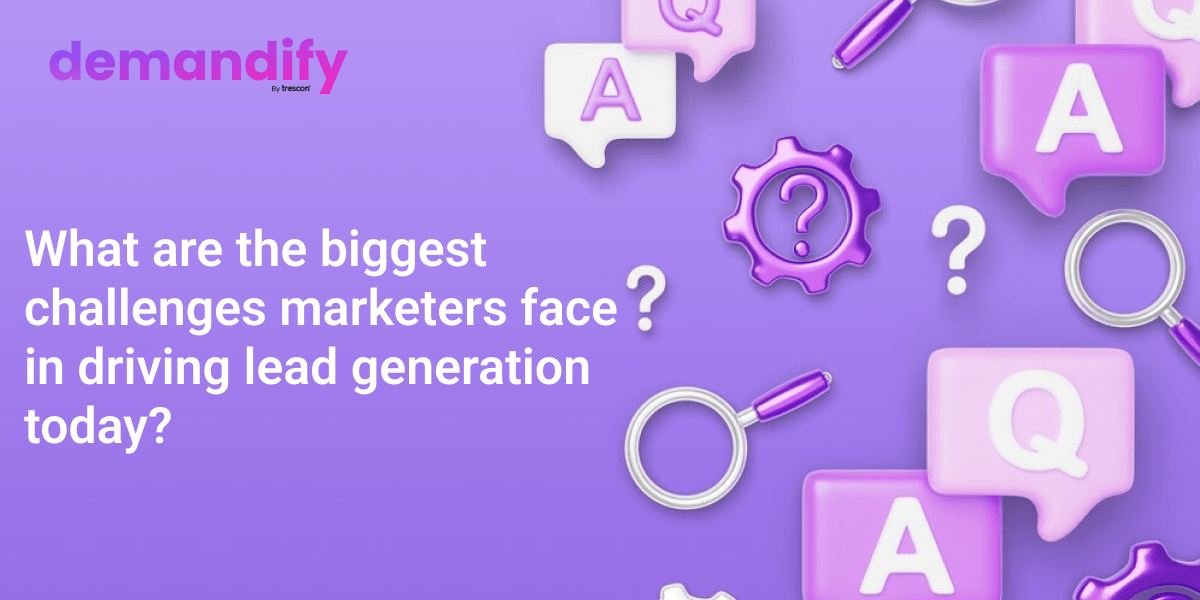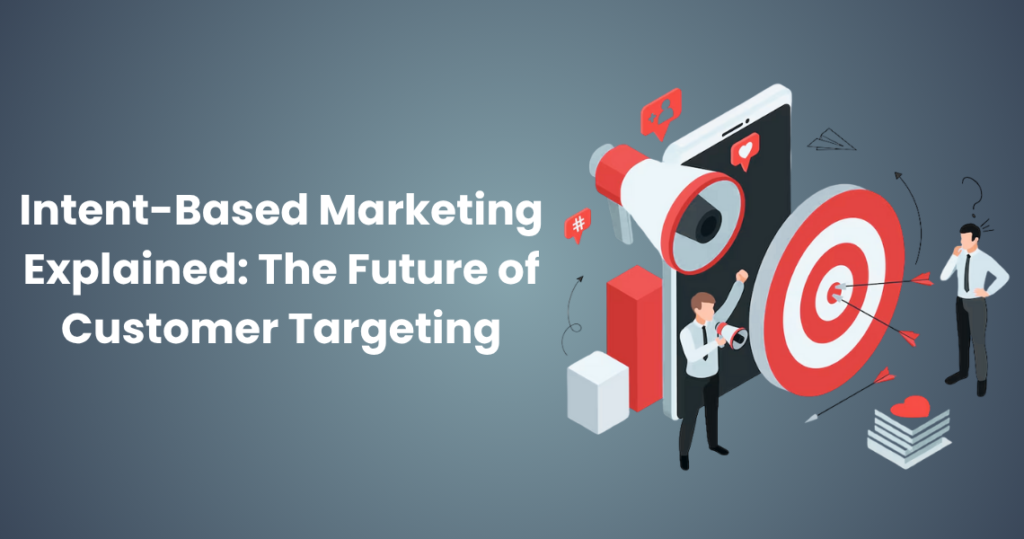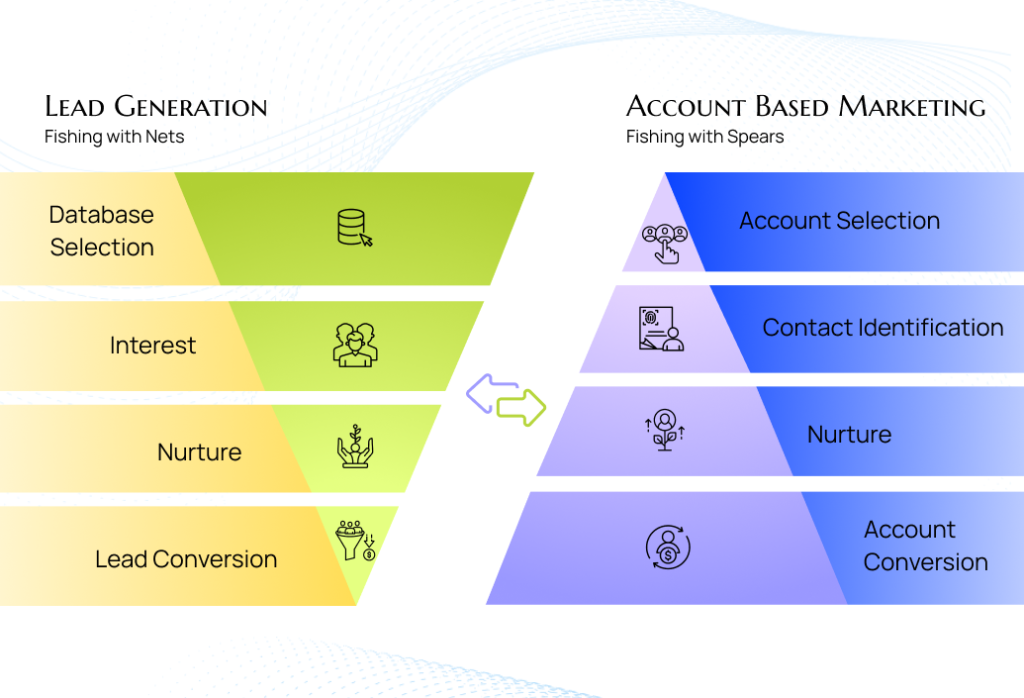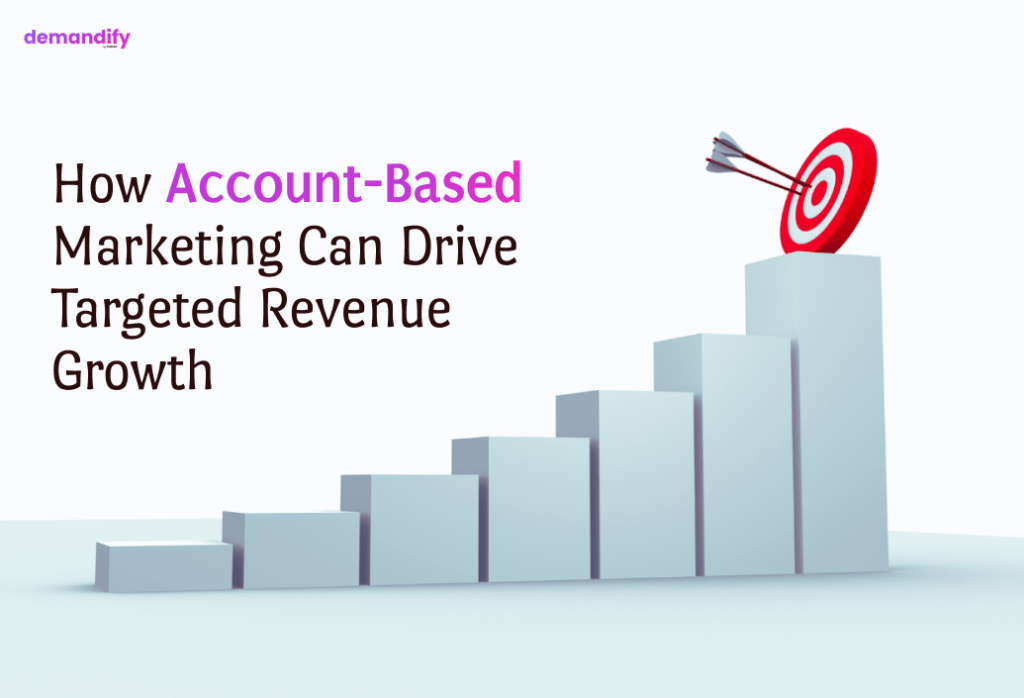
The Biggest Challenges Marketers Face in Driving Lead Generation Today
Although lead generation is still a top priority for marketers, it’s more complicated than just gathering contact details in the ever-changing digital world. Businesses must overcome many obstacles to succeed in the cutthroat market of today, from securing effective lead nurturing consent to upholding adherence to consent-based marketing laws. We’ll look at some of the main challenges marketers now face in implementing effective lead generation campaigns in this blog post.
1. Evolving Consumer Behavior
Due to the abundance of information in every marketing channel, which brands to work with is up to the consumer’s discretion. The conversion of leads has become a difficult task as buyers require specialized and content. Companies do not need only to collect sales leads and move on; they focus their efforts on developing an engagement with their audience instead. With that, a well implemented lead nurturing program is essential for any business which aims to provide suitable information whenever its most appropriate. Nonetheless, designing and putting into practice a good lead nurturing program has been a long period consuming in terms of time and resources, hence discouraging for many companies.
2. Data Privacy Regulations and Consent-Based Marketing
The implementation of laws like GDPR and CCPA have proven to be an enormous challenge for marketers. As the consumers tend to become more educated on how their information gets used, the acquisition of call-back consent and transparency cannot be overlooked – it has to be pursued vigorously. The marketers should ensure that their lead generation campaigns are within the sacrifices that these rules make and they can furnish other requirements such as giving a promise from the users reluctant before such outreach.
Consent-based marketing gives voice to the consumers and protects them by ensuring that businesses do not spite privacy norms of the consumers. The core idea however, is how a friendly consent management system is able to get consent, basing on how evolving legal requirements regarding consent are being. Not doing so can have legal ramifications and tarnish the public image of the brand.
3. Managing and Segmenting Leads Effectively
Once leads are captured, it is essential to strategize their organization and segmentation. Not all leads are equal, and it is up to the marketers to assess which lead is more likely to close. This is where a lead nurture program comes in handy. As marketers study the behavior, the demographics and engagement levels of consumers, they can increase the effectiveness of their campaigns in promoting movement of leads across the funnel.
However, the sheer amount of information and the number of different points of contact (e.g. emails, social media posts, advertisements etc.) can seem to complicate the process of lead segmentation. The problem is to provide leads with relevant responses at an appropriate time without content anxiety or alienation of the unsolicited message at a given touch point.
4. Balancing Automation and Personalization
Automation tools have specific methods to assist marketers in streamlining their lead generation processes. But there’s a caveat – automation can’t completely replace personalized marketing efforts as customers still prefer to retain their own voice in communications. Automating a lead nurturing process is not a simple task, it must be approached with due care while still upholding the spontaneity of the marketers voice, otherwise, it will be too mechanical and waste time. Automated messages should not make the consumers feel like they have become a mere number in a database.
One of those schemes is obtaining a lead nurturing consent. Consumers should take pleasure in voluntarily joining into a nurturing process with the assurance that their data will be treated with care. Obtaining a consent for lead nurturing includes not just seeking consent, but also guaranteeing that the consumer receives marketing information that is relevant and gentle.
5. Lead Quality vs. Lead Quantity
Another challenge that tends to come up regularly in lead generation is the emphasis on improving leads rather than simply creating as many leads as possible. The generation of many leads is the goal but more often than not means that the bulk of the chances seized are either irrelevant or unqualified, hence, wasting time and resources. The lesson here is one needs to place more weight and importance on quality problems rather than the more common quantitative ones and at the same time ensure the marketers in this case aim at coming up with leads whom they consider to have the highest chances of turning into actual customers.
By using a strategic lead nurture program and getting call-back consent can assist marketers in focusing on quality. When businesses talk to leads about their primary interests and modify the content accordingly, they increase their chances of converting a considerable number of good leads.
Conclusion
Although it may not be the easiest way, the right plans and tools make it possible to overcome barriers when generating leads. Marketers can enhance the chances of creating quality leads which ultimately convert by concentrating on lead nurturing consent, consent-based marketing, as well as ensuring there is a judicious integration of automation with personalization in the marketing activities. At the end of the day, the best way is to gain confidence, provide transparency and value in every step of the lead generation process. These challenges if dealt with in a strategic manner, can help businesses optimize their lead generation processes and in fact improve it as a proactive, long-term strategy in growing their businesses in the market.








